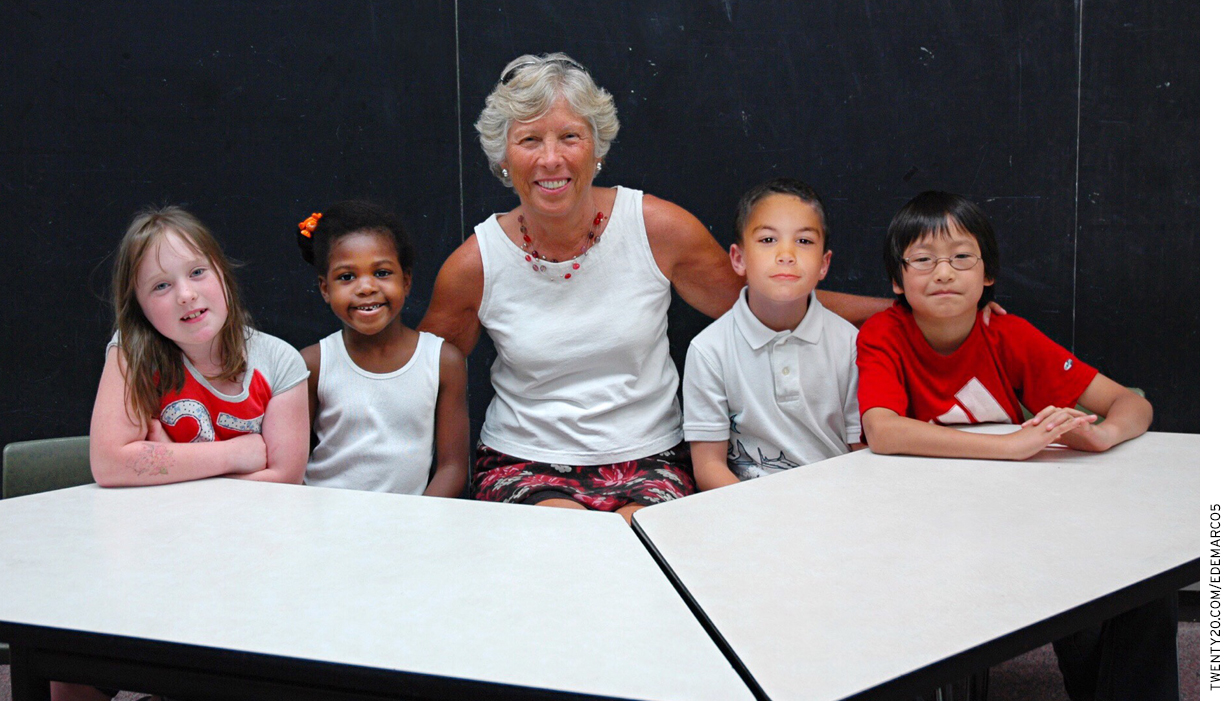
A few weeks back, before my recent break from RHSU, I ran a “confession” about personalized learning, penned by Amplify CEO Larry Berger. Larry’s funny, fascinating piece provoked a ton of reaction. One of the many who reached out in response is Joel Rose, CEO of New Classrooms, who shared a pithy, thoughtful response that seemingly spoke for many who took Larry’s point but were seeking ways to reconcile his cautions with their faith in the power of personalized learning. Here’s what Joel had to say:
Dear Larry,
I very much enjoyed your letter, which raised vital questions about the “engineering” model of personalized learning.
In fact, it inspired me to share my own confession and question.
When I taught fifth grade, I had to design a classroom experience for the 28 students in my class every day. They had a wide range of strengths, needs, interests, and motivations. I had a set of grade-level textbooks.
My confession: While sometimes I worked to plan great lessons involving lively discussion, multimedia, and peer collaboration, there were plenty of other times I defaulted to a lame lesson out of the textbook. And even my best lessons barely accounted for the unique strengths and needs of the students in my class.
I’m sure I could have designed a better, more personalized experience for each student each day. But like most teachers, I didn’t have the time.
You’re right that we have much to learn about skill maps and optimal learning progressions, especially outside of elementary reading and parts of mathematics. But, at the same time, my experience tells me it simply can’t be true that, even with the gaps in our knowledge today, teaching same-aged groups of students the same thing—and all in the same way—is the best we can do in the 21st century.
Which brings me to my question: Does the promise of personalized learning ultimately depend on our ability to redesign the classroom itself?
I wonder if an undue focus on technology has sometimes prompted us to ignore this critical point. Certainly if we’re defining personalized learning as students on computers interacting with “just right” digital content, there are real limits to the impact that can have. Students need to work together, learn from one another, and gain the collaborative skills we know are important in life. I can’t imagine having students in my class independently drifting from a video to a website to a set of online practice questions and then thinking they were getting an enriching, holistic, educational experience. Blech.
But I also can’t say that the fifth-grade classroom I ran each day reflected the educational experience I envisioned for my students. Despite my imperfect efforts to be engaging and dynamic, I was constrained because I was operating in a learning model over 100 years old that required I teach the same lessons to a group of same-aged students. Once that constraint was in place, there were limits to what I could do.
It’s true that technology-based products can only do so much. But what if we worked with teachers and technologists to redesign and modernize the classroom model itself? In this way, we can take into consideration the promising aspects of both traditional and personalized-learning classrooms. We can use those to incorporate different learning modalities, social and emotional skills, and a role for teachers that’s sustainable and fulfilling.
From the earliest days of New Classrooms’ work, this is what we’ve attempted to do. We’ve focused on using data to regroup students so they can engage with lessons that give them the best chance for success each day. We had to figure out how to integrate different learning modalities, different student starting points, and different academic objectives. That’s required a fair amount of academic design.
But we’ve also had to think through how homework would work, how grades could be calculated, and what would happen if there was a substitute teacher one day. We called this “operational design” and have found that teachers deeply appreciated this kind of engineering. With many products, these details are often left for educators to figure out on their own. In fact, it’s the exquisite attention to this kind of engineering that makes all the difference.
You’re right that overhyped “skill maps” and “learning objects”—no matter how well-engineered—matter far less to students than what inspiring teachers can do. But by working closely with educators to redesign the classroom itself, we may well find new learning models that work far better for both teachers and their students.
There’s a healthy tension between the promise of personalized learning and the perils of ill-conceived curricula, models, and pedagogy. I think Larry is absolutely right that faith in our ability to achieve personalization through miraculous Uber-ish software engineering is likely to disappoint and that Joel is right that personalization has great potential so long as it’s as much about rethinking classrooms and instruction as it is about pixels. And I think it’s safe to say that the more plainly, openly, and respectfully that we wrestle with all of this, the better off students and schools will be.
— Frederick Hess
Frederick Hess is director of education policy studies at AEI and an executive editor at Education Next.
This post originally appeared on Rick Hess Straight Up.


